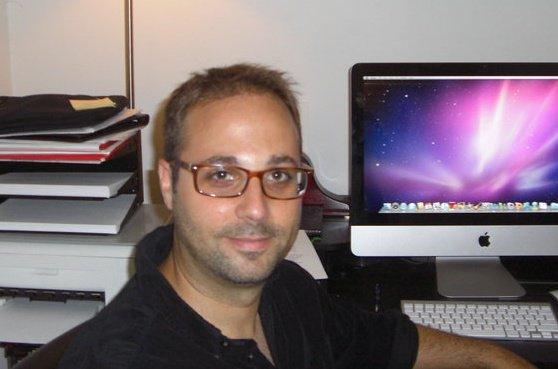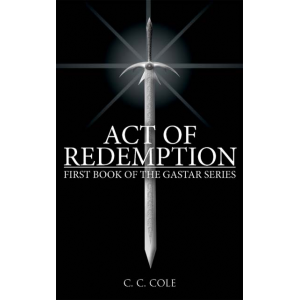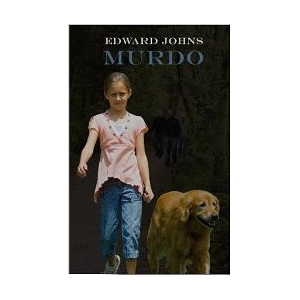- Author
- Book
- Story behind the book
- Media Links
- Reviews

Adam Klein
About

Breaking Through the Spiral Ceiling: An American Woman Becomes a DNA Scientist
Description
Laura Hoopes takes you along as she tries to enter science in the 1960's in the post-Sputnik science education frenzy, only to find doors closed to women. She persists, makes a career of molecular gerontology and insists on making space for marriage and children in her life. This inspiring read says, "Yes, you can," to women who have dreams of their own.
Story Behind The Book
Media Links
Reviews
<span style="font-family:Verdana, Arial, Helvetica, sans-serif;line-height:16px;border-collapse:collapse;"></span><div>May, 2010</div><div><span style="font-family:Verdana, Arial, Helvetica, sans-serif;line-height:16px;border-collapse:collapse;"><br /></span></div>"At a time when racist propaganda is again on the rise, <em>A Space for Hate</em> offers an important analysis of how the internet is being used to spread 'a modernized version of hate.' Recalling the Nazis' extremely effective use of propaganda, Adam Klein shows how contemporary radical racists have effectively exploited what is certainly the most democratic medium ever known to spread hate and political violence." <div style="margin:0px;padding:0px;">- Mark Potok, director of the Intelligence Project, Southern Poverty Law Center</div><div style="margin:0px;padding:0px;"><br /></div><div style="margin:0px;padding:0px;">September, 2010<br /></div><div style="margin:0px;padding:0px;"><span style="font-family:'Courier New';font-size:13px;"><br /></span></div><div style="margin:0px;padding:0px;"><span style="font-family:'Courier New';font-size:13px;">"</span><span style="line-height:24px;font-size:10px;"><span style="font-family:'Courier New';font-size:13px;">When I brought this intriguing book to my monthly reference staff meeting (six public librarians), I supposed that everyone knew more than I did about the presence of white supremacy hate groups on the Internet. But I found out that only one-third of us did-and the ones who had </span><em><span style="font-family:'Courier New';font-size:13px;">no idea</span></em><span style="font-family:'Courier New';font-size:13px;"> were the decidedly older members of our staff. This small sample coincides with the most disturbing element of the research presented in Klein's book: not only are white supremacist Web sites and social networks ubiquitous and wildly popular, they are primarily targeting-and attracting-the younger generation.</span></span></div><div style="margin:0px;padding:0px;"><span style="line-height:24px;font-size:16px;"><span style="font-family:'Courier New';font-size:13px;"><br /></span></span></div><div style="margin:0px;padding:0px;"><span style="line-height:24px;font-size:10px;"><span style="font-family:'Courier New';font-size:13px;"></span></span><span style="line-height:24px;font-size:16px;"><span style="font-family:'Courier New';font-size:13px;">Although hate speech and hate groups include far more than racist and anti-Semitic white supremacists, Klein's book focuses on these particular groups and their outreach to the “net generation.” The granddaddy of them all, Stormfront.org, has been in cyberspace since the web took off in 1995. While much of the book uses and quotes a wealth of research already done on these groups, thereby bringing a lot together in one volume, </span><em><span style="font-family:'Courier New';font-size:13px;">A Space for Hate</span></em><span style="font-family:'Courier New';font-size:13px;"> claims its own contribution to the field by postulating a theory of “information laundering” to describe how hate sites use the unique “formats and constructs” of cyberspace to transform hate-based information into “acceptable web-based knowledge.” Maybe it seems obvious once we really think about it, but the normal Web paths such as search engines and links “can unwittingly lead an online information seeker to white power content that has already been designed for them as being educational, political, scientific, and even spiritual in nature.” The Institute for Historical Review (holocaust denial) and the Charles Darwin Research Institute (white race supremacy) don't engage at all in “hate speech” but present themselves as legitimate and respectable research operations. Classy Web design and function may lead those raised online to accept the legitimacy of the content based on appearance. One example might be the “metapedia” that, using the same format as Wikipedia and sophisticated language and choice of topics, seeks to bring white nationalist thinking into the mainstream rather than keep it out at the fringes. Typical hate speech and swastikas will not be found on these sites.</span></span></div><div style="margin:0px;padding:0px;"><span style="line-height:24px;font-size:16px;"><span style="font-family:'Courier New';font-size:13px;"></span></span><span style="line-height:24px;font-size:16px;"><span style="font-family:'Courier New';font-size:13px;">The book is organized thus: an examination of the legal debate surrounding hate speech in the context of the first amendment (the U.S. is a center of Internet sites devoted to this kind of speech, as it banned on servers elsewhere); the murky coexistence of information and propaganda online and how they are cunningly manipulated; the special attraction of hate-based sites to young people based on the various kind of social and cultural media that are proliferating in cyberspace (YouTube, music sites, etc.); an analysis and review of 26 white nationalist/supremacist Web sites and how they frame their issues for the target audience; and an examination of counterattack by monitoring and other sites devoted to exposing and counteracting them. Does it scare you to know that many of these sites get</span><em><span style="font-family:'Courier New';font-size:13px;">far</span></em><span style="font-family:'Courier New';font-size:13px;"> more traffic than the Human Rights Campaign site, or that of the NAACP?"</span></span></div><div style="margin:0px;padding:0px;"><span style="line-height:24px;font-size:16px;"><span style="font-family:'Courier New';font-size:13px;"><span style="font-family:'Gill Sans MT', 'Gill Sans', GillSans, Arial, Helvetica, sans-serif;line-height:normal;font-size:16px;"></span></span></span><h3 style="font-size:15px;"><span style="font-family:Verdana;"><span style="font-weight:normal;">- Reviewed by Ann Sparanese - Social Responsibilities Round Table, of the American Library Association</span></span></h3></div><span style="line-height:normal;font-size:16px;"></span><p style="padding-top:10px;padding-right:50px;padding-bottom:10px;padding-left:50px;line-height:24px;font-size:16px;"><font size="3"><span style="font-size:13px;line-height:15px;"><span style="font-family:'Courier New';"><span style="line-height:24px;"><br /></span></span></span></font></p>






